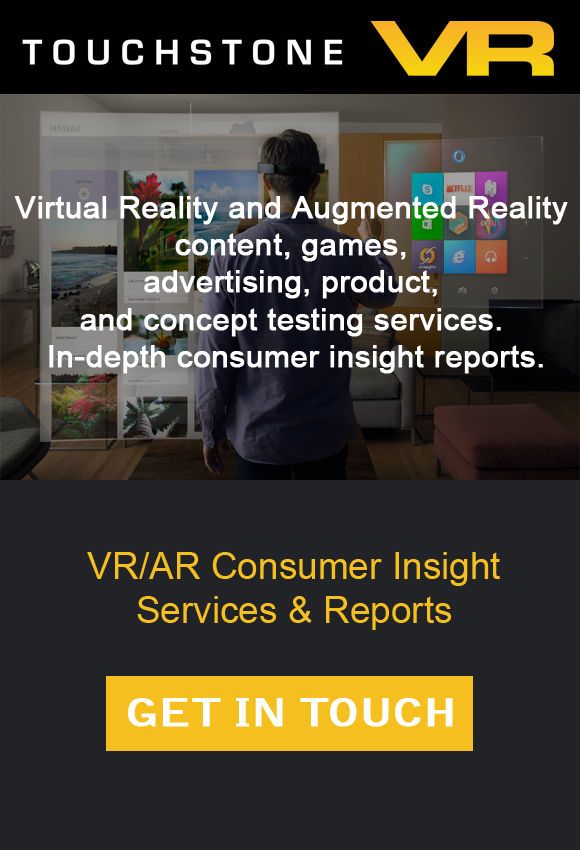
Virtual Reality may seem like a modern phenomenon, however, the origins of VR can date back to as early as the 19th century, nearly 180 years ago. The Stereoscope in 1838 was technically the first device to essentially pioneer 3D by having the viewer look through a lens with two of the same image and then letting the brain blend…












